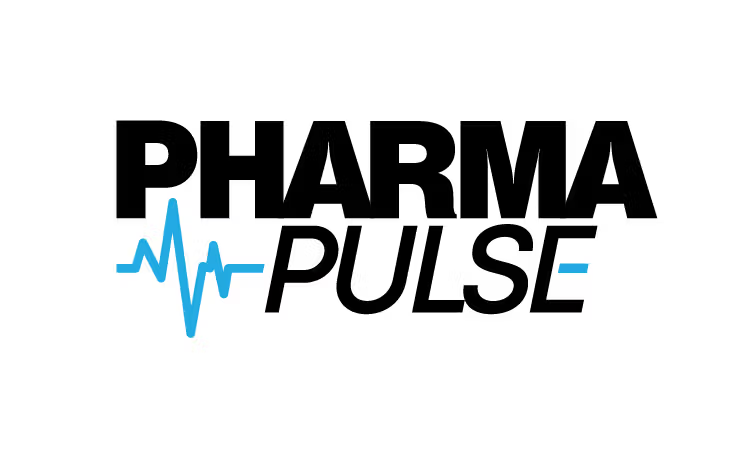Global price comparisons for prescription drugs continue to draw the attention of politicians, medical groups, and patient organizations. WHO and lower-income countries advocate for income-based pricing to address their low levels of affordability. However, higher-income countries systematically use lower prices around the world to lower their prices through international price referencing. Is the US subsidizing healthcare in other countries around the world? What is fair?
Economic perspective
Given different income levels in countries around the world, the question is whether adoption of prices adjusted for gross domestic product (GDP) yields better commercial results for a drug manufacturer than a fixed price across countries (if that was even feasible given price controls). As variable production cost of most pharmaceuticals is relatively low, price adjustments to address local affordability tend to lead to a higher financial contribution to cover global infrastructure and fixed organization cost. However, the use of international price referencing by higher-income countries can pose serious challenges to this strategy.
Fair Prescription Drug Prices for Americans Act
Medicare price controls, introduced through the Inflation Reduction Act of 2022,1 did not satisfy the appetite for US government intervention in prescription drug pricing. The Fair Prescription Drug Prices for Americans Act2 was introduced on April 19, 2023. It includes regulations that the retail list price in the US for a drug or a biological product may not exceed the average retail list price for the drug or biological product among Canada, France, Germany, Italy, Japan, and the UK. This bill proposes to establish maximum US drug prices through the international price referencing principle, using prices in a basket of other countries with a lower income level without any consideration of differences in GDP between countries.
NATO contributions
NATO countries are bound to contribute 2% of their GDP to NATO, yet only 11 of the 30 NATO member states contribute the agreed upon income-adjusted share. Former President Trump’s undiplomatic style of raising the issue with European countries was not ideal, but it did raise broader awareness that despite European concerns over Vladimir’s Putin’s expansion interests beyond Ukraine, they don’t pay their fair share, even after adjustment for GDP. For drugs, we don’t accept GDP adjustments for price, while for guns, we accept that countries pay less than their GDP adjusted share.
What is fair?
One might ask: Why should I pay more for my medications than my friends in London or Rome? Is it fair to not pay the same? What’s the point of working hard for more income if each product is priced based on income level? On the other hand, if patients cannot afford it, then the cost of covering drug company overhead will have to be funded by the ones who can, but at even higher prices. For this reason, it makes economic and social sense to accept “differential pricing” across countries, provided that individual governments pay their fair share and don’t abuse it through price referencing and authorized importation, as recently authorized by the FDA for Florida.3
Fair government?
Government payers use their monopsony powers to demand lower prices. Individual companies usually have no choice other than either accepting the price or staying locked out of local sales. Companies are not allowed to coordinate with other companies to break through the government’s purchasing power, as this would be deemed collusion. Just like with guns, European governments don’t pay their fair share for drugs. Many countries demand price reductions for drugs when they exceed budgets that did not adequately fund aging populations and growing healthcare needs.
As I mentioned in my previous column “In Search of the Bad Guy,” the National Institute for Health and Care Excellence (NICE) in England has not adjusted its cost-effectiveness standard for inflation in 25 years. Canada is disallowing price premiums of new innovations based on local price levels that are founded in decades of compulsory licensing, allowing generic manufacturers to ignore patents and produce the product for a low royalty of 4% of its generic price. Fair pricing?
Shifting US policy
Rather than attacking the drug industry on its pricing, shouldn’t the US government help the industry to fight unfair price control practices that systematically leech on US subsidies, similar to lack of funding of the joint NATO task?
About the Author
Ed Schoonveld is a value & access advisor for Schoonveld Advisory and author of The Price of Global Health.
References
1. H.R.5376 – Inflation Reduction Act of 2022. Congress.gov. https://www.congress.gov/bill/117th-congress/house-bill/5376/text
2. S.1218 – Fair Prescription Drug Prices for Americans Act. Congress.gov. https://www.congress.gov/bill/118th-congress/senate-bill/1218/text
3. FDA Authorizes Florida’s Drug Importation Program. FDA. January 5, 2024. https://www.fda.gov/news-events/press-announcements/fda-authorizes-floridas-drug-importation-program




